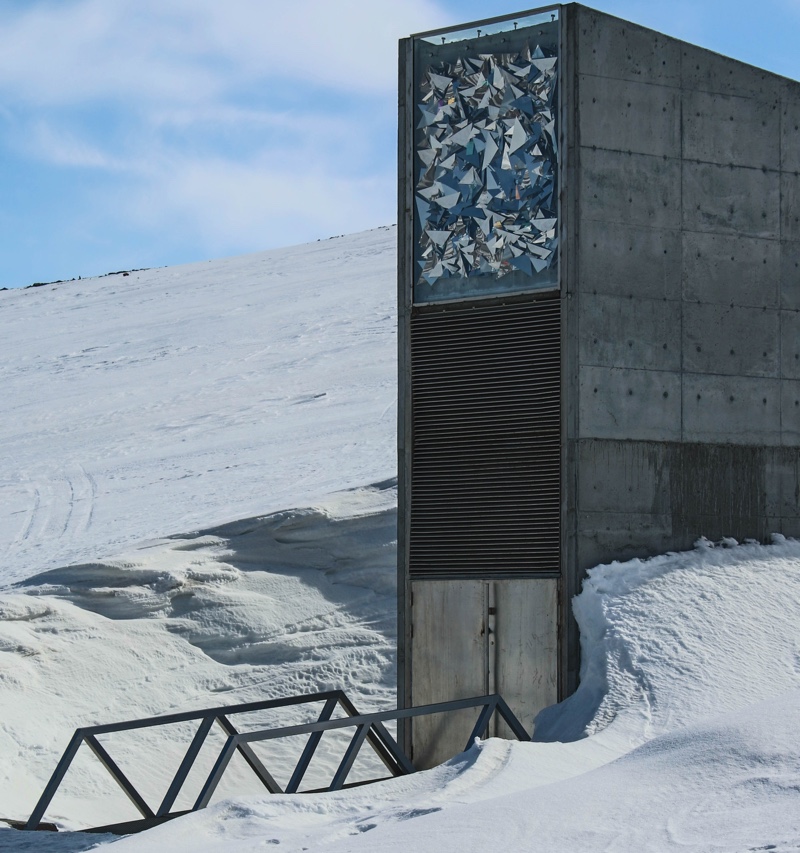Doomsday Seed Vault to Get Upgrade After Flooding Incident

The seeds are safe — for now. But a famous "doomsday" seed vault is scrambling to renovate after melting permafrost penetrated its access tunnel.
The Svalbard Global Seed Vault announced on May 21 that it will be constructing new drainage ditches, building waterproof walls and taking other steps to protect its valuable contents from flooding. The seed vault is built inside a mountain on an archipelago in Norway and acts as a global backup storage system for crop diversity: Seeds from around the world are stored there. The remote location is meant to be a feature of the vault. The mountain's rock and year-round permafrost are intended to keep the seeds chilled even if humanity can no longer maintain power to the facility. The organization Crop Trust, which partially funds and supports the vault, calls this permafrost a "fail-safe" storage facility on its web page. [In Photos: Take a Tour of the World's 'Doomsday' Seed Vault]
Permafrost failure
But climate change is causing this fail-safe facility to fail. Extremely high temperatures in the Arctic are melting permafrost (and inhibiting sea-ice growth). The region is responding to global warming faster than anywhere else on Earth, heating up at twice the rate of the rest of the world, according to 2014 research.
The seeds themselves, which are deeper in the mountain, weren't threatened, Norwegian officials told The Guardian.
"The question is whether this is just happening now, or will it escalate?" government official Hege Njaa Aschim told the newspaper.
Planning ahead
For now, the Norwegian government (which owns the vault) is acting as if the high winter temperatures in the Arctic will be the new normal. Officials are removing electrical equipment from the access tunnel to eliminate a potential source of heat, they said in a statement. They're constructing drainage ditches to move any meltwater away from the access tunnel entrance, rather than toward it. They also plan to construct waterproof walls inside the tunnel. Over time, they may even construct a new entrance in a less vulnerable spot.
The seeds themselves are kept 394 feet (120 meters) deep inside the mountain, frozen not just by permafrost, but by artificial cooling. They're kept at minus 0.4 degrees Fahrenheit (minus 18 degrees Celsius) inside foil packages nestled in sealed boxes. Pumps around the main vault are poised to whisk away any meltwater that might penetrate, according to Crop Trust.
Get the world’s most fascinating discoveries delivered straight to your inbox.
The question is whether the operators can engineer a solution to keep the seed vault self-regulating.
"It was supposed to [operate] without the help of humans," Aschim told The Guardian. "But now we are watching the seed vault 24 hours a day."
Original article on Live Science.

Stephanie Pappas is a contributing writer for Live Science, covering topics ranging from geoscience to archaeology to the human brain and behavior. She was previously a senior writer for Live Science but is now a freelancer based in Denver, Colorado, and regularly contributes to Scientific American and The Monitor, the monthly magazine of the American Psychological Association. Stephanie received a bachelor's degree in psychology from the University of South Carolina and a graduate certificate in science communication from the University of California, Santa Cruz.
